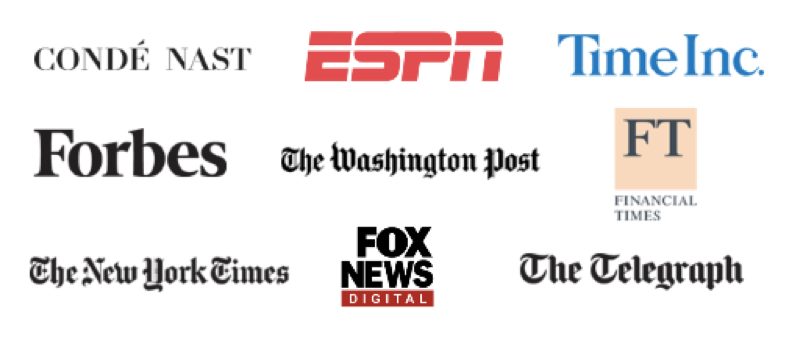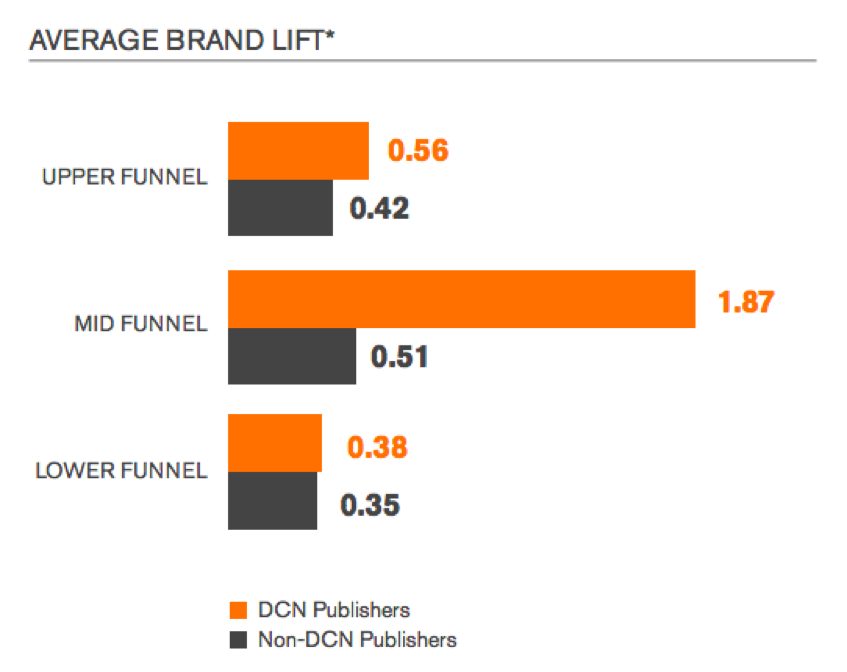The Transfer of Trust from Premium Publishers in the Middle of the Funnel

What if we could quantify the transfer of trust from one entity to another? A universal and transparent trust metric for all to see.
Us marketers would definitely have an easier time measuring the impact of our efforts.
For example,
- I trust the brand Coca-Cola. Coke partners with a company I’ve never heard of. How much do I now trust that company as a result of the partnership?
- I trust my friend. My friend recommends a restaurant. How much do I trust that restaurant?
- Or something more relevant to Outbrain. CNN recommends an article from another website. How much do I trust that other website?
TrustRank
Search engineers have been tackling this question for years. Google’s TrustRank algorithm was created to help differentiate trustworthy web pages from spam pages. Built on top of PageRank, which determines popularity and relevance by linking domains, TrustRank is based on the assumption that good pages are unlikely to point to spam pages. The method starts with a small set of seed pages evaluated by a human expert, and crawls outward seeking similarly reliable and trustworthy pages. A page’s TrustRank diminishes with increased distance between documents and the set of trusted pages.
It makes sense that you or I would be more likely to trust a page linking directly from one of these expert reviewed seed pages, right?
Now, let’s imagine these seed pages are what people in the media industry refer to as “premium publishers.” These are sites most people would recognize, like ESPN, Fox News, Washington Post, or The Guardian. While there is no agreed upon definition of “premium publisher,” some refer to comScore’s top media properties or Digital Content Next (DCN) member sites as a benchmark.
DCN is a consortium of digital publishers whose brands have a direct relationship with the consumer and therefore are more likely to be a household name and generally considered to be “premium.” Here’s a sample of some of their member sites:

If premium publishers are the most trustworthy, it makes sense that aligning my brand with them would lead to a significant transfer of trust in the mind of the consumer. If this is true, where’s the proof?
ComScore and DCN Study Impact of Premium
A recent study conducted by comScore examined the branding effectiveness of advertisements appearing on DCN member sites compared to non-member sites. The most significant finding was that premium publishers are 3X more effective in driving mid-funnel brand lift metrics, such as favorability and consideration.

Favorability and consideration metrics used to measure the consumer’s journey through the middle of the funnel are notoriously more difficult to track and influence than awareness at the top of the funnel, and purchase at the bottom of the funnel.
Awareness really comes down to one “yes” or “no” question: Have you heard of my company?
Lower funnel measurement is also pretty straightforward: Did you buy my product? “Yes” or “no.”
It’s the middle that’s trickier—where you’re either building or destroying trust between the consumer and your brand.
Conclusion
Engaging prospects with educational white papers, blog posts, and case studies, are strong signals and an important piece of the trust-building process in the middle of the funnel. But also critical is aligning your brand with other highly trusted sources to accelerate customers through their journey to buy.
What premium publishers are transferring trust to your brand?



